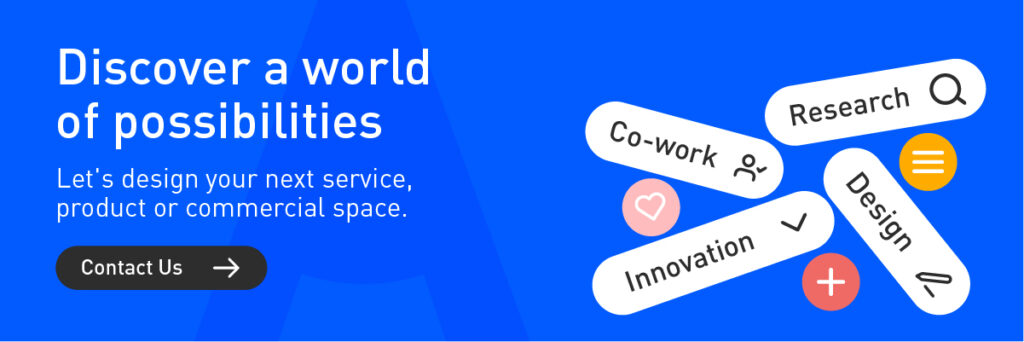As we saw in the first chapter, service design is much more than a creative tool; it’s a strategic discipline that plans and organizes key elements such as people, processes, and infrastructure to create consistent and memorable experiences.
Now, we’ll delve into how this discipline can transform your brand identity, taking it to a new level of connection with your customers.
Let’s continue!
Creating Coherent and Memorable Experiences
Service design focuses on every touchpoint between the customer and the brand, ensuring that each interaction contributes to a positive overall experience. It’s not just about optimizing processes, but also about building a coherent and memorable identity. Therefore, rather than just talking about design, we talk about brand design, where every detail reinforces the perception and value the user associates with the company.
This involves designing not only the product or service itself, but also all the elements that accompany it:
- Customer service
- Communication channels
- Physical spaces (if any)
- and processes at every moment, from before, during, and after.
By creating consistent and memorable experiences, brands connect emotionally with their customers, generating loyalty and promoting recommendations. A useful tool for designing this is called: Service blueprint (“The Principles of Service Design Thinking – Building Better Services,” 2025). This details all interactions with the customer and the principles that ensure this plan adds value to the customer once completed.

Service blueprint example. Courtesy of The Interaction Design Foundation.

Integration of Frontstage and Backstage
A fundamental aspect of service design is the integration of the frontstage (the part visible to the customer) and the backstage (the internal processes and operational teams that make service delivery possible). For a truly seamless and satisfying experience, it’s essential that both are aligned and work in harmony.
A clear example of this is the work we did at BLASTER with Atlas Seguridad. We designed a comprehensive experience that not only reflected direct interaction with customers but also optimized the company’s internal processes. By connecting the front stage (customer service, clarity of information) with the back stage (efficient security management, staff training), we were able to significantly improve brand perception and customer satisfaction. You can learn more about this project here.
Brand consistency and differentiation
Service design is a powerful tool for translating a brand’s values into tangible services. It ensures that every customer interaction reflects the brand’s identity and promise, creating a coherent and differentiated experience.
An iconic example of this is Crepes & Waffles. Every detail of its service, from the menu and ambiance to the staff’s approach, reflects its social purpose and its promise of quality. This coherence between brand values and customer experience is what has allowed Crepes & Waffles to build a strong and differentiated brand identity that resonates with its customers and builds their loyalty. (Portafolio, 2023).

Image courtesy of Crepes & Waffles.
At BLASTER, we believe that Service Design is the key to building brands that not only meet needs, but also inspire and connect with people. If you’re looking to transform your customer experience, strengthen your brand identity, and take your business to the next level, we’d love to hear from you! Contact us and let’s explore together how we can design a future full of memorable experiences for your brand.